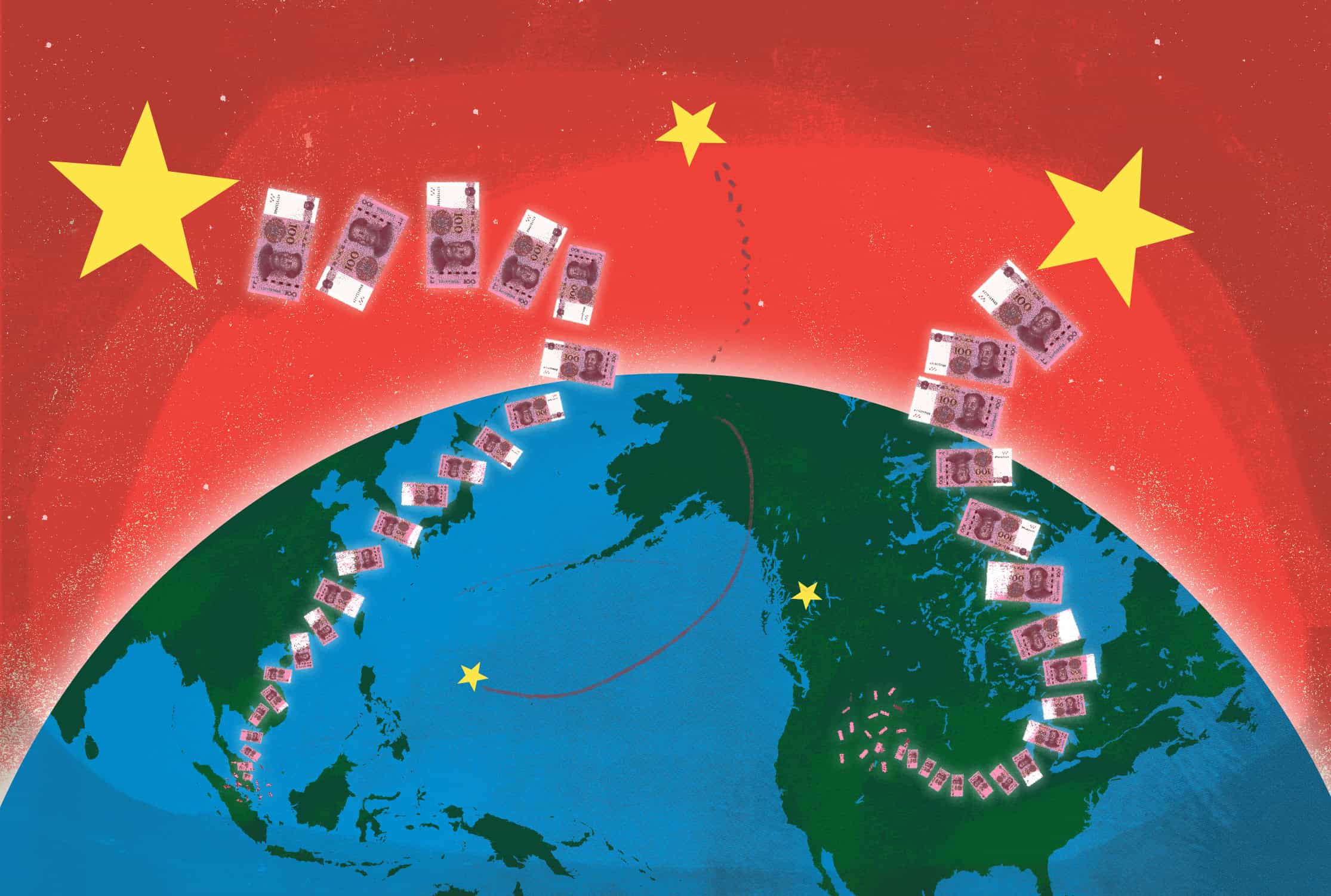Enze Han’s new book The Ripple Effect: China’s Complex Presence in Southeast Asia, looks into the ways in which China’s political and economic influence is spreading through nations from Thailand to Indonesia. In it, he argues that we need to understand that much of this is happening via non-state actors — be it the large numbers of Chinese people traveling as tourists to the region, or through the spread of criminal activity — and that not all of it can be laid at the Chinese governme
Navigate China's Business Landscape with Confidence.
- Gain visibility into supplier risks
- Easily manage trade compliance
- Conduct in-depth due diligence



